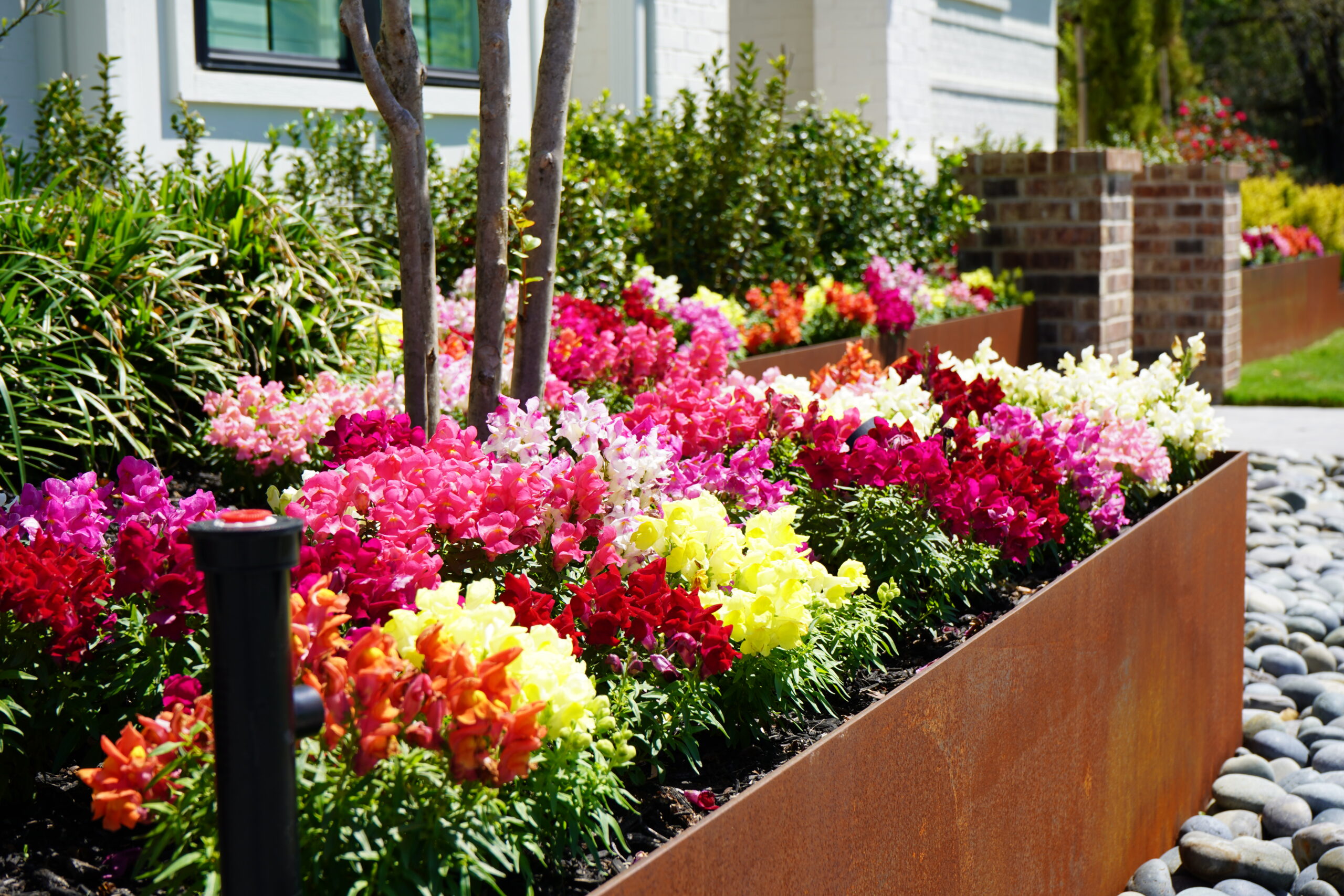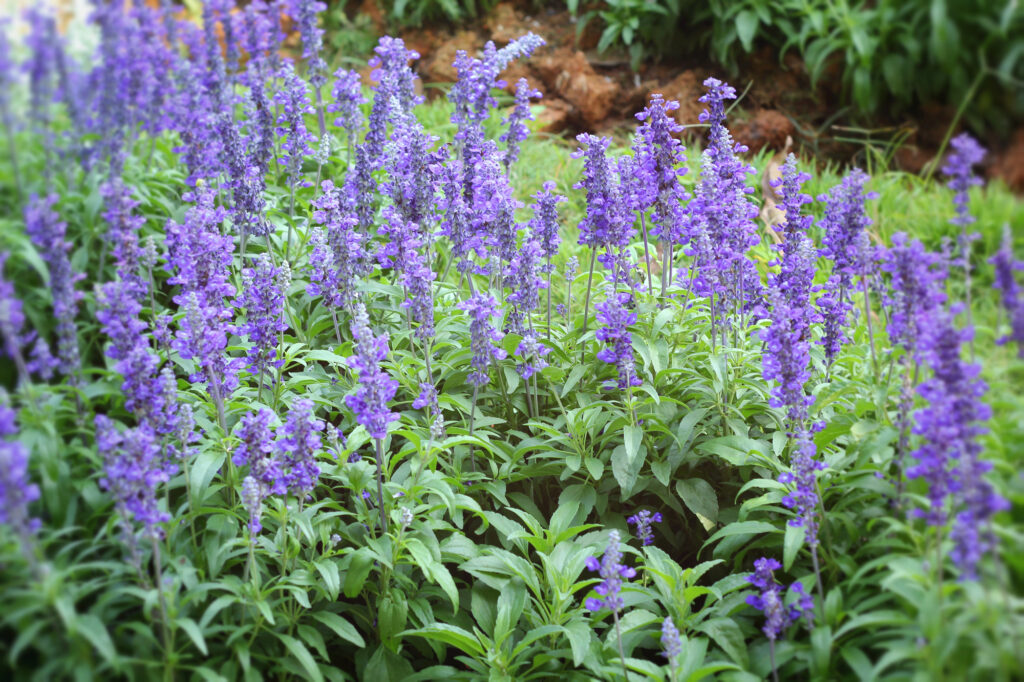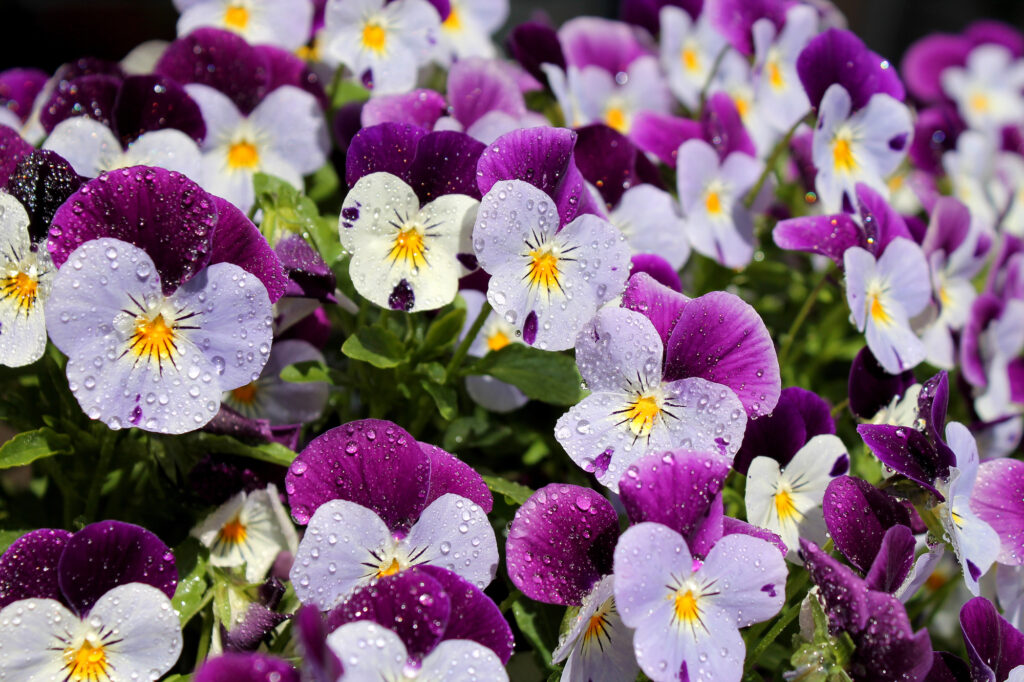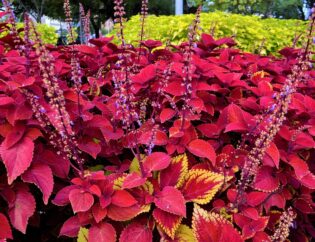
Central Texas has a unique climate that presents both opportunities and challenges for gardeners. With hot summers, mild winters, and occasional droughts, knowing what to plant and when can make all the difference in maintaining a thriving garden. Whether you’re a seasoned gardener or a beginner, understanding seasonal planting in this region can help you achieve a lush and productive landscape year-round.
Spring Planting: A Time for Growth and Renewal
Spring in Central Texas begins as early as February, when the risk of frost starts to decline. This season is perfect for establishing a garden full of colorful flowers, fresh vegetables, and healthy herbs.
Best Flowers to Plant in Spring
- Bluebonnets – The Texas state flower, best planted in late fall, blooms beautifully in spring.
- Zinnias – Low-maintenance and vibrant, these flowers thrive in the warming temperatures.
- Petunias – Great for adding bright colors to flower beds and containers.
- Lantanas – Heat and drought-resistant, lantanas are perfect for Central Texas landscapes.
Vegetables to Plant in Spring
- Tomatoes – One of the most popular homegrown vegetables, tomatoes should be planted early to avoid the summer heat.
- Peppers – Bell peppers, jalapeños, and chili peppers all thrive in the warm spring months.
- Cucumbers – Fast-growing and perfect for salads and pickling.
- Squash – A high-yield crop that does well in Central Texas soils.
Herbs to Plant in Spring
- Basil – Loves the warm weather and pairs well with homegrown tomatoes.
- Cilantro – Best planted in early spring before temperatures rise too high.
- Rosemary – A perennial herb that thrives in Texas’ dry conditions.
Spring Gardening Tips
- Soil Preparation – Enrich your soil with compost and organic matter before planting.
- Mulching – Apply mulch around plants to retain moisture and suppress weeds.
- Watering – Water deeply but infrequently to encourage strong root growth.
Summer Planting: Heat-Tolerant Crops and Flowers
Summers in Central Texas can be brutal, with temperatures often exceeding 100°F. The key to summer gardening is selecting heat-tolerant plants and practicing water conservation techniques.
Best Flowers to Plant in Summer
- Sunflowers – Heat-resistant and fast-growing, these add a cheerful touch to gardens.
- Vincas – One of the best flowers for withstanding extreme heat and drought.
- Salvia – A pollinator-friendly plant that thrives in the Texas sun.
- Portulaca (Moss Rose) – A succulent-like flower that thrives in dry conditions.
Vegetables to Plant in Summer
- Okra – A heat-loving vegetable that thrives in Texas summers.
- Sweet Potatoes – Perfect for warm-weather growth with minimal water requirements.
- Southern Peas (Black-eyed Peas) – Drought-resistant and nutritious.
- Eggplant – Handles the heat well and produces fruit throughout the summer.
Herbs to Plant in Summer
- Thyme – Tolerates dry, hot conditions.
- Oregano – A hardy herb that flourishes in full sun.
- Lemongrass – Thrives in the heat and adds a refreshing citrusy flavor to dishes.
Summer Gardening Tips
- Water Efficiently – Water early in the morning or late in the evening to prevent evaporation.
- Shade Sensitive Plants – Use shade cloth or plant taller crops to protect delicate plants.
- Choose Drought-Resistant Plants – Native Texas plants often require less water and maintenance.

Fall Planting: A Second Growing Season
Fall is one of the best seasons for gardening in Central Texas. The cooler temperatures allow for a second round of planting, leading to bountiful harvests and colorful landscapes.
Best Flowers to Plant in Fall
- Chrysanthemums – A classic fall flower that provides rich autumnal colors.
- Snapdragons – Bloom well in cooler temperatures and last into winter.
- Pansies – Hardy flowers that thrive through fall and into early winter.
- Ornamental Kale – Adds texture and color to gardens while withstanding cooler weather.
Vegetables to Plant in Fall
- Broccoli – Loves the cooler weather and produces nutrient-rich harvests.
- Carrots – Perfect for planting in September for a late fall harvest.
- Lettuce – Thrives in cooler temperatures and can be harvested continuously.
- Brussels Sprouts – Requires a longer growing season, making fall an ideal time to start.
Herbs to Plant in Fall
- Parsley – Prefers cooler temperatures and adds fresh flavor to dishes.
- Cilantro – Does much better in fall than in the heat of summer.
- Chives – Hardy and resilient through fall and winter.
Fall Gardening Tips
- Extend the Growing Season – Use row covers to protect plants from unexpected cold snaps.
- Plant Trees and Shrubs – Fall is the best time to establish new trees before the winter.
- Prepare for Winter – Start composting leaves and garden debris for spring soil enrichment.
Winter Planting: Hardy Crops and Landscape Preparation
Winter in Central Texas is mild compared to other regions, allowing gardeners to continue growing certain crops while preparing for the next spring.
Best Flowers to Plant in Winter
- Cyclamen – A cold-hardy plant that adds bright color to winter landscapes.
- Violas – Small but resilient flowers that thrive in cool temperatures.
- Holly and Evergreen Shrubs – Provide year-round greenery and seasonal interest.
Vegetables to Plant in Winter
- Onions – One of the best crops for winter planting in Texas.
- Garlic – Requires a long growing season, making winter an ideal time to start.
- Spinach – Tolerates cold weather well and provides continuous harvests.
- Kale – One of the most frost-resistant vegetables.
Herbs to Plant in Winter
- Rosemary – Stays green year-round and withstands cold temperatures.
- Sage – Handles winter conditions well.
- Mint – Grows slowly but remains alive throughout winter.
Winter Gardening Tips
- Protect Plants from Frost – Use frost blankets or mulch heavily to shield plants.
- Plan for Spring – Winter is the perfect time to plan garden layouts and order seeds.
- Prune Trees and Shrubs – Remove dead branches to promote healthy spring growth.

Conclusion: Thriving in Every Season
Gardening in Central Texas requires an understanding of seasonal changes and proper plant selection. By following this seasonal planting guide, you can enjoy a productive and visually stunning garden all year long. Whether you’re growing vegetables, herbs, or ornamental plants, adapting to the region’s climate will ensure success. Happy planting!



